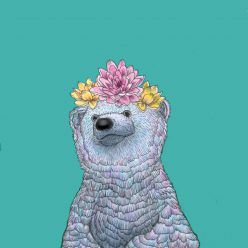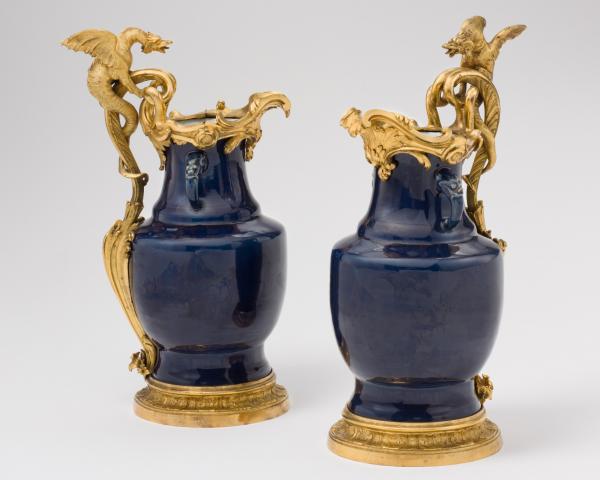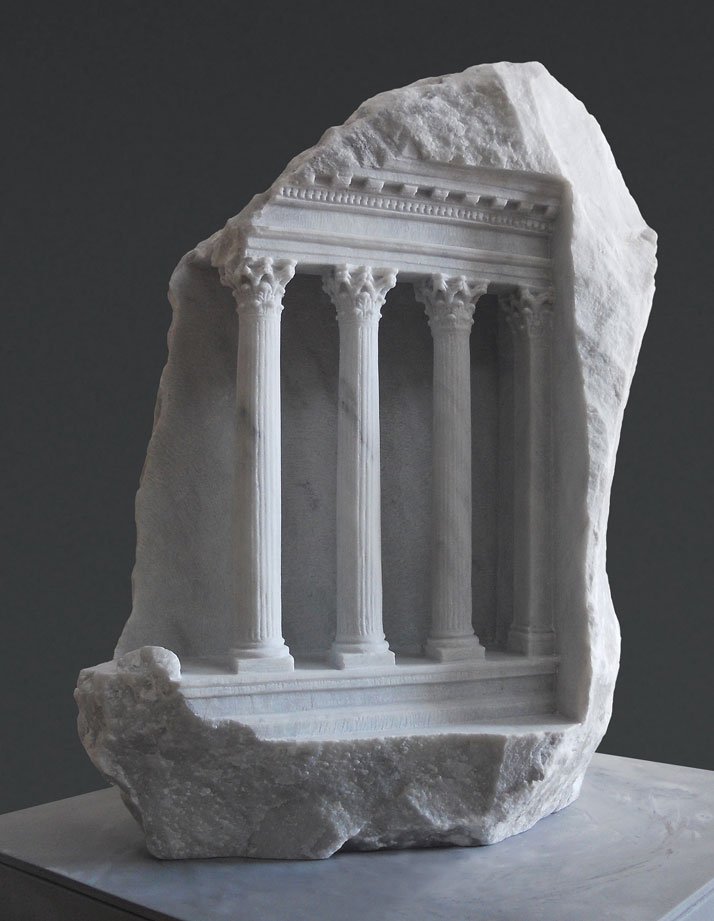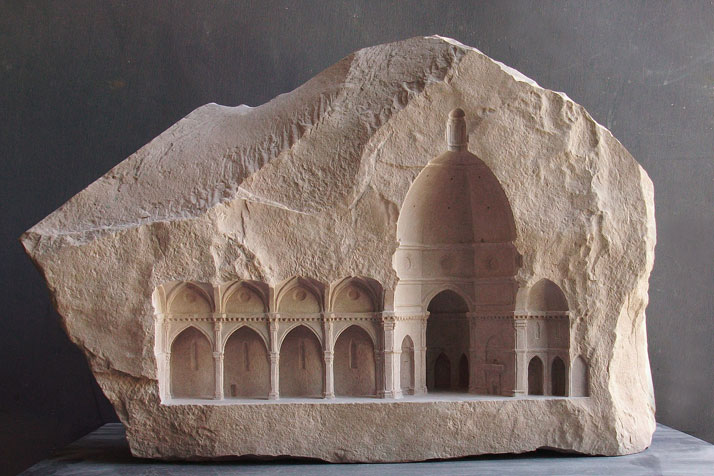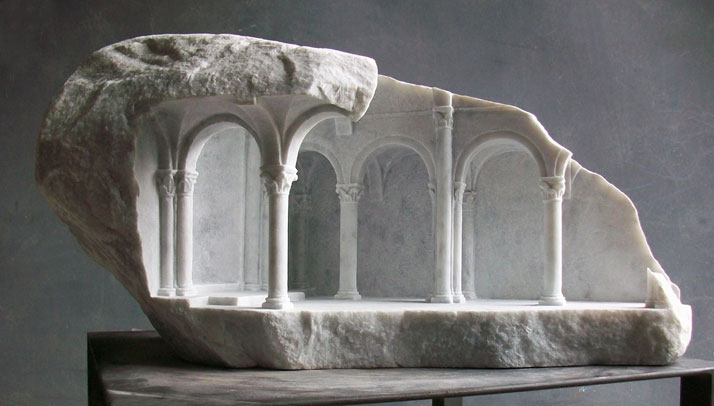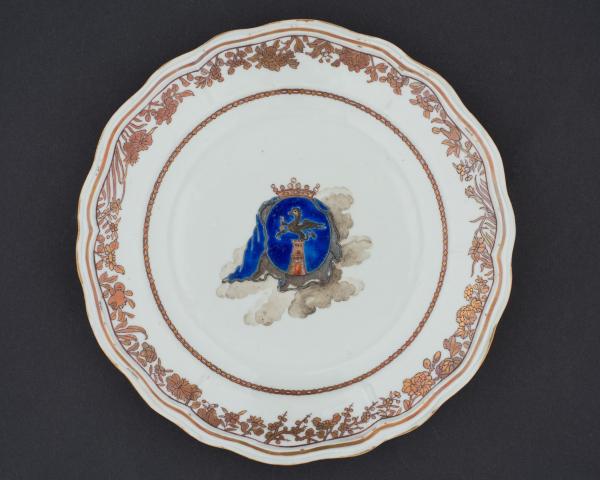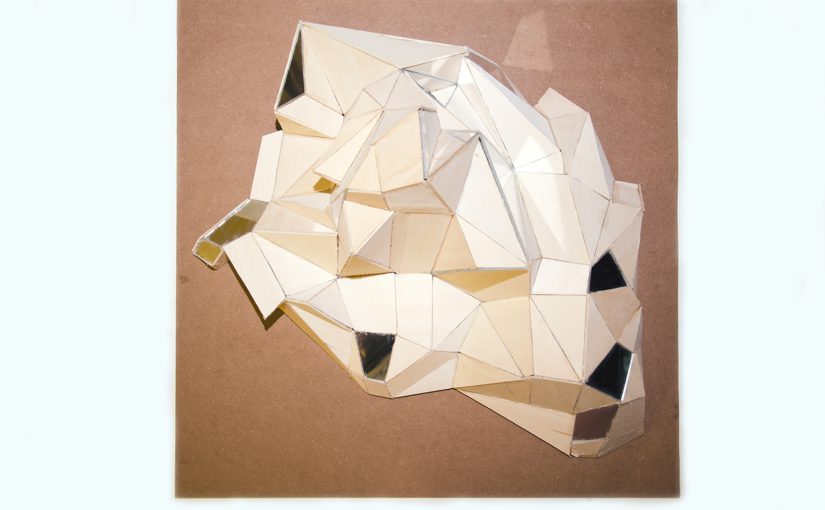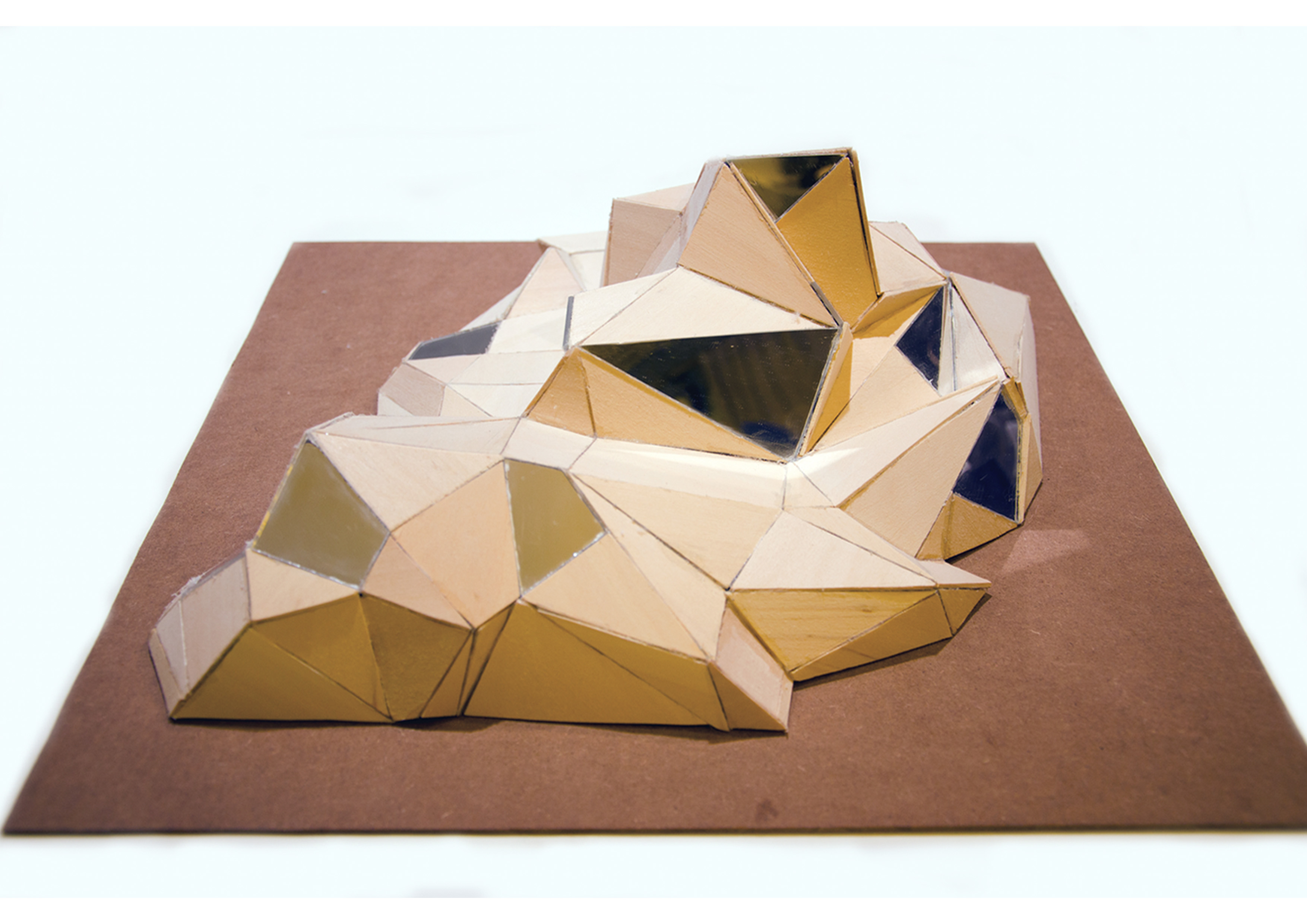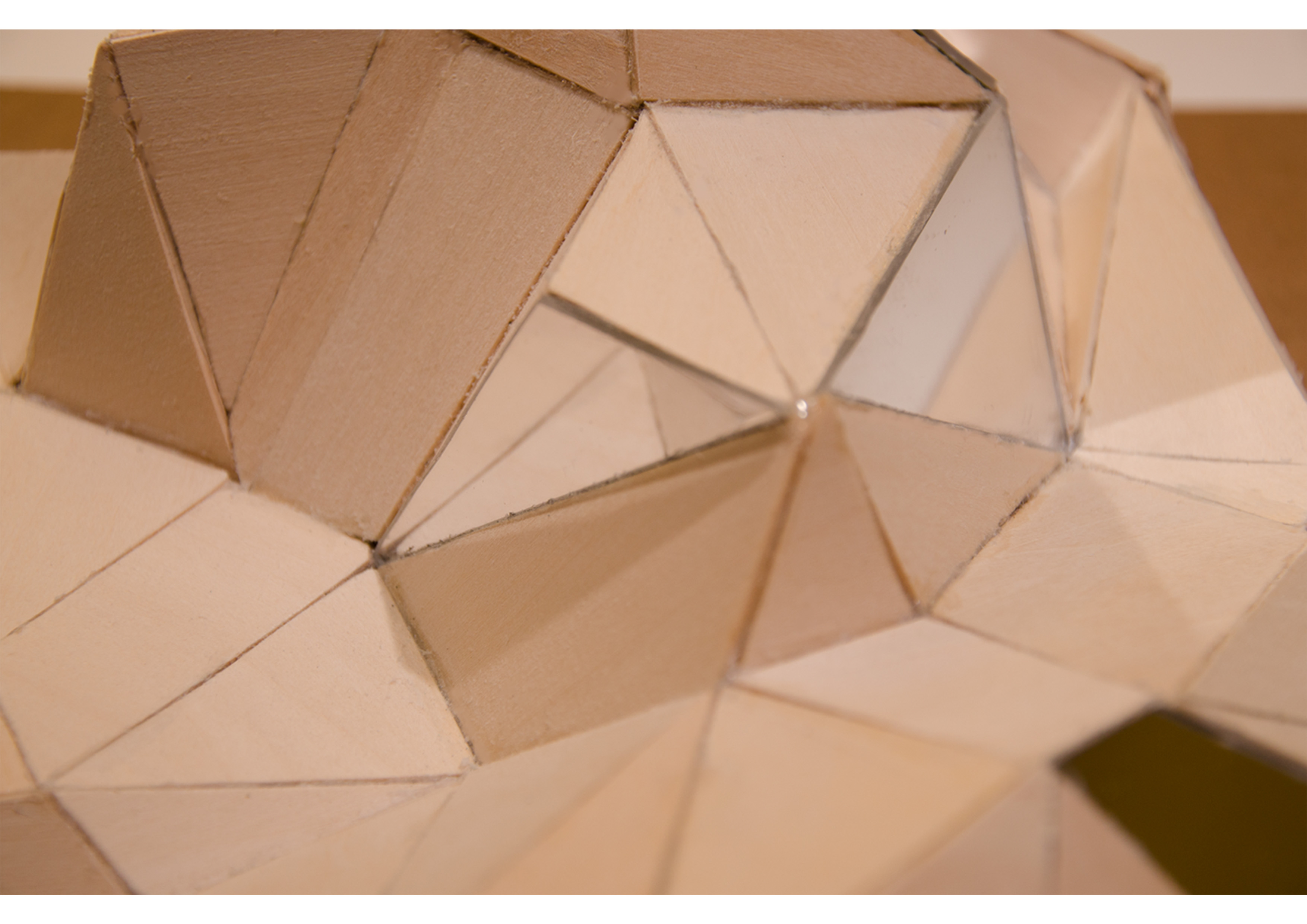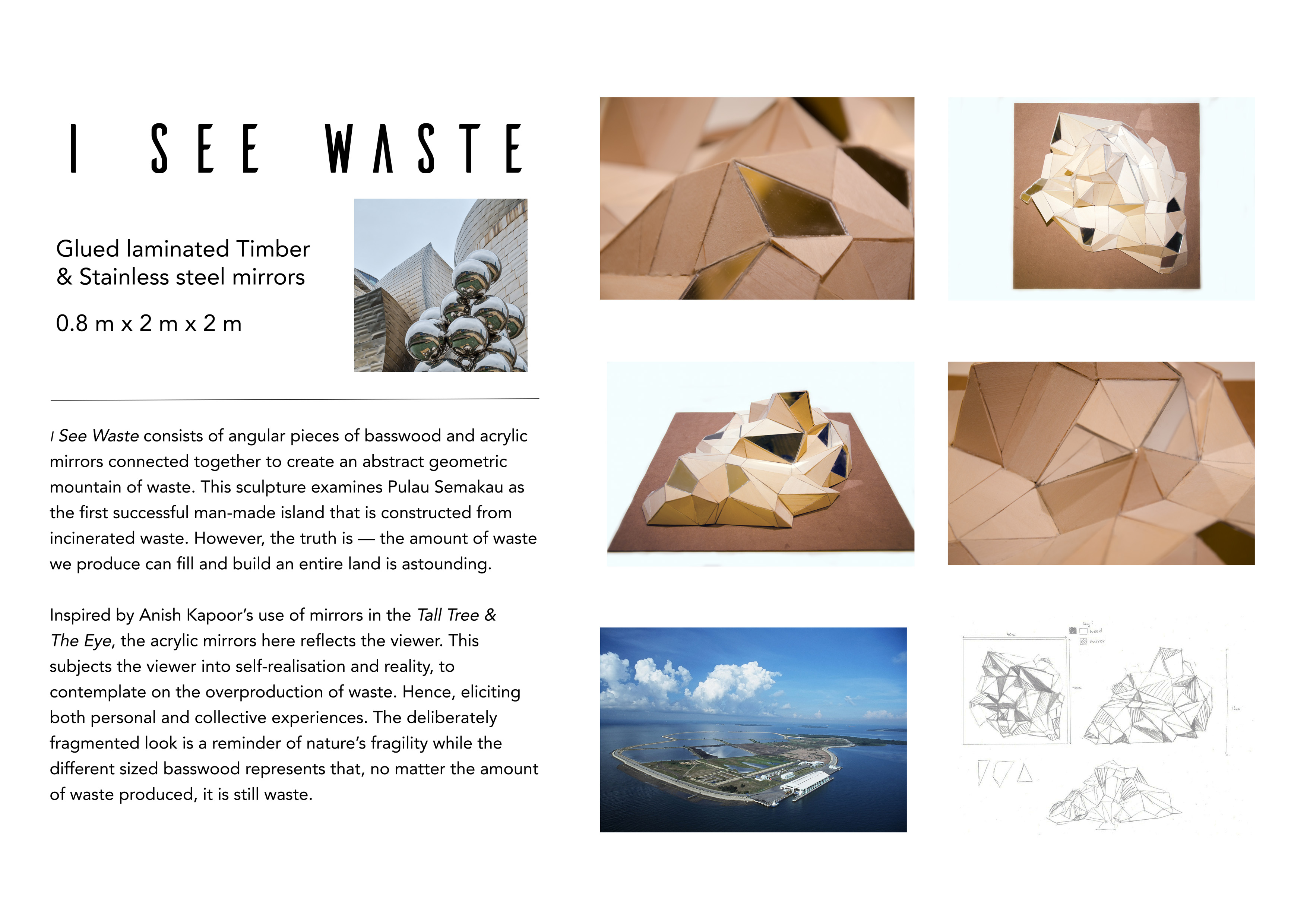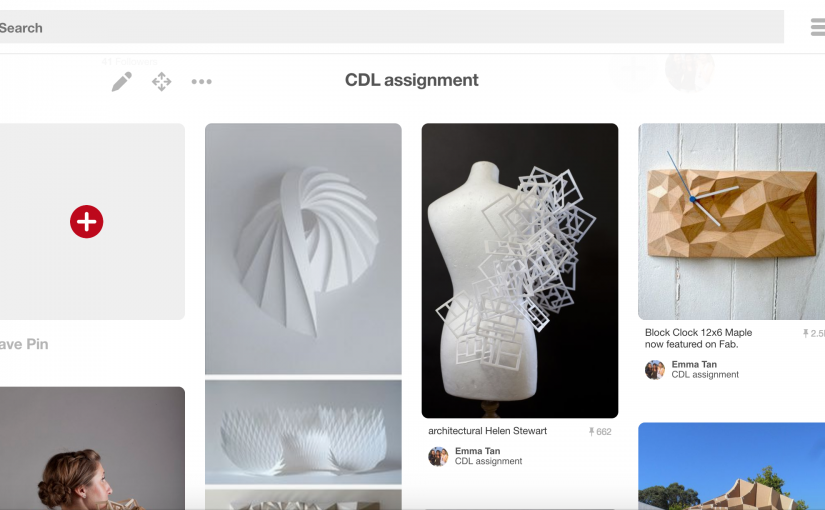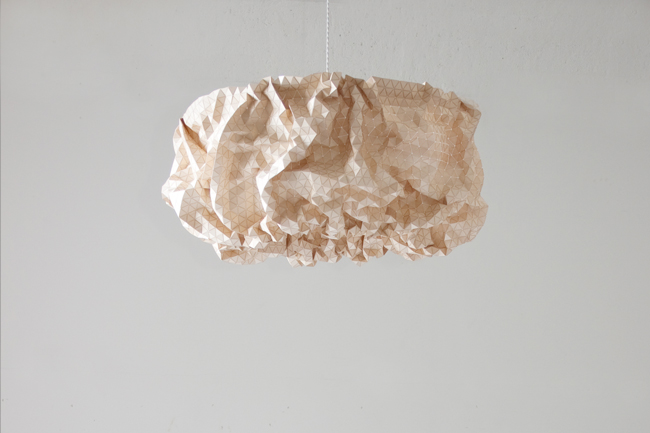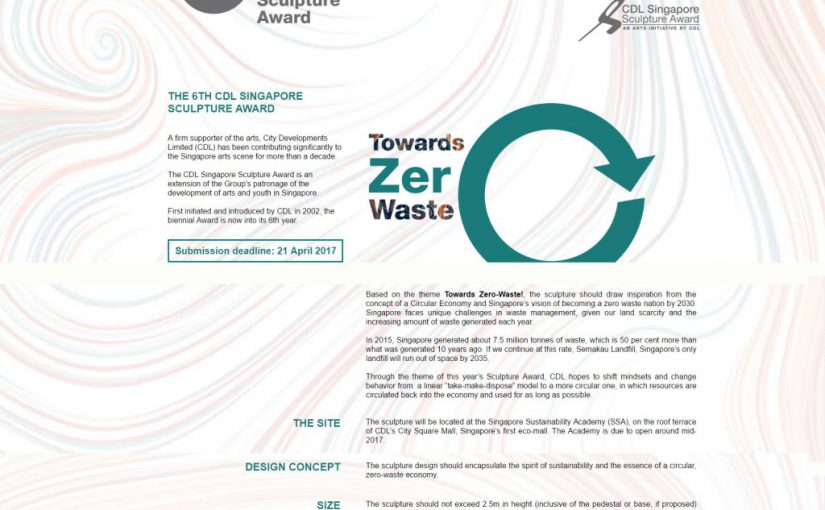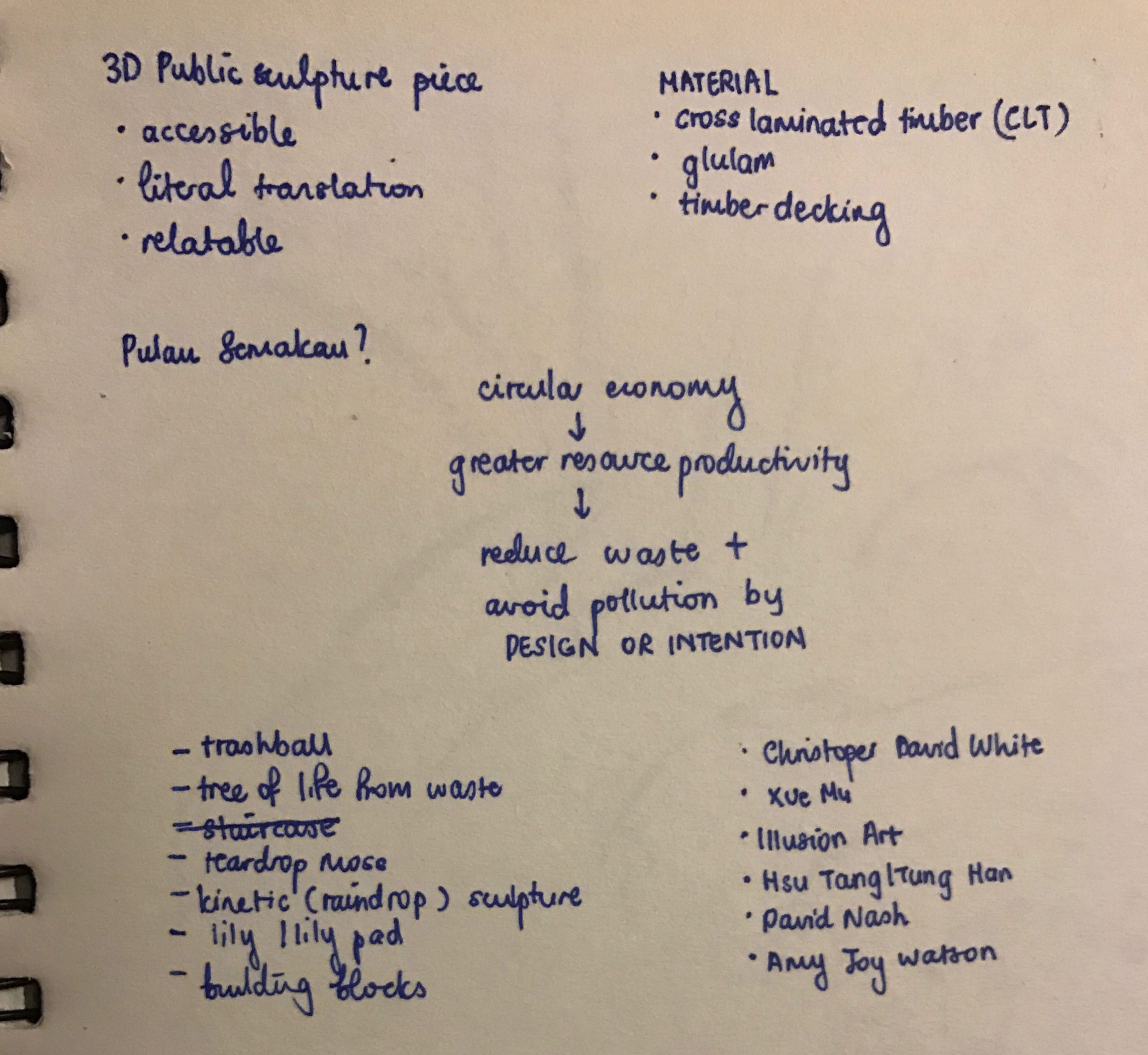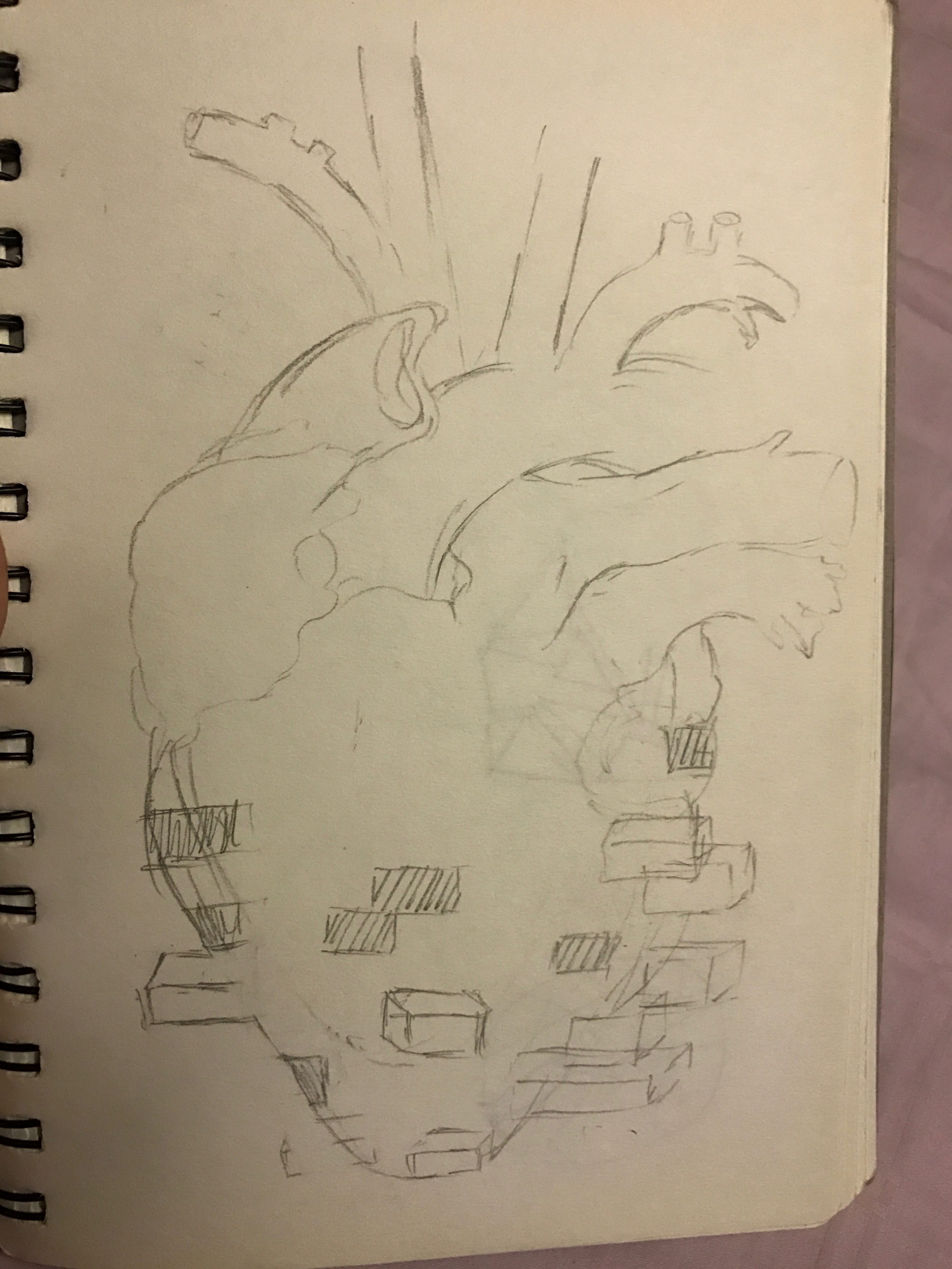What was your favorite object that you saw during our visit?
Pair of Mounted Blue Jars
Material(s): Porcelain and Gilded Bronze mounts
Origin(s): China (porcelain made around 1736 – 45) and France (mounts made around 1745 – 49)
Out of all the ceramics and porcelain wares found in the Trade Gallery in ACM, this pair of jars caught my attention. They commanded my attention due to its large size and highly embellished nature, emanating an aureate element to the jars. Although the jars were mainly made of porcelain, the intricately casted bronze mounts were gilded and attached, to accentuate the jars by complementing the vivid deep blue glaze.
The jars fuses exemplary skills of the Asian and European components together. The vivid glaze was perfected in the Qianlong 乾隆 reign while the bronze mounts were casted as dragons and produced in Paris during the reign of Louis XV. Perhaps, due to the time period which was during the Rocaille era, this French style for ornamental aesthetics demanded for such exuberance. The Rocaille style was highly influenced by Chinoiserie and the incorporation of Chinese figures. Hence, even if the dragons’ appearances hails from European mythology with its lizard-like depiction with bat-like wings; The use of them seems more Chinese in nature as dragons were highly auspicious creature and used to represent imperial power in Chinese culture. This could reveal the deep appreciation for fine Chinese porcelain and culture in the European courts.
Other than the fusion of cultures that makes this jar so interesting, there is a subtle piece of art hidden within its deep blue glaze. At first it looks like cracks within the glaze but at certain angles of light, it reveals a traditional Chinese landscape painting of trees and mountains etc. It was so intriguing to look at and decipher what these “cracks” actually were and the subtlety of it makes this work of art even more endearing to look at.
